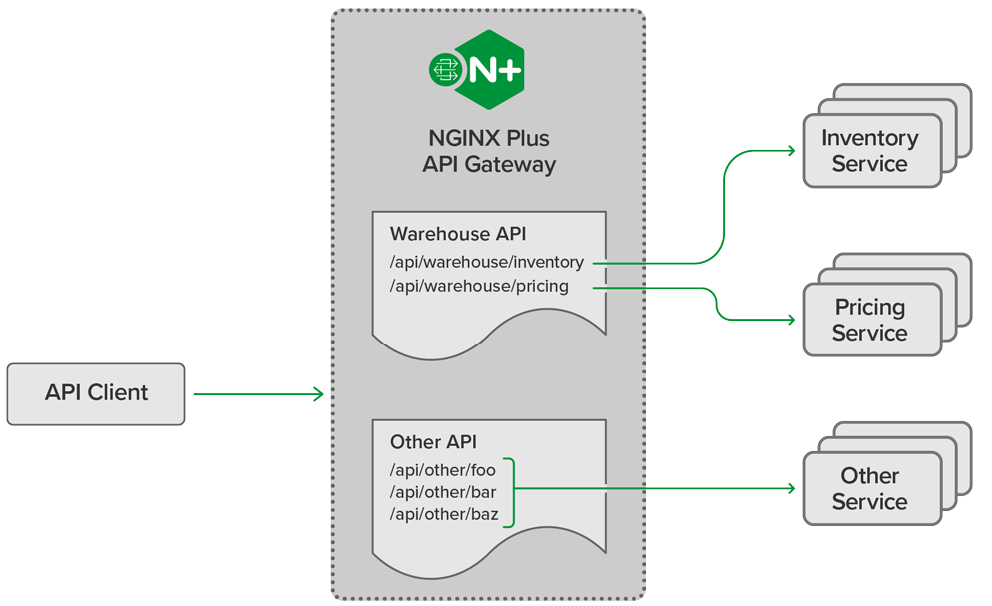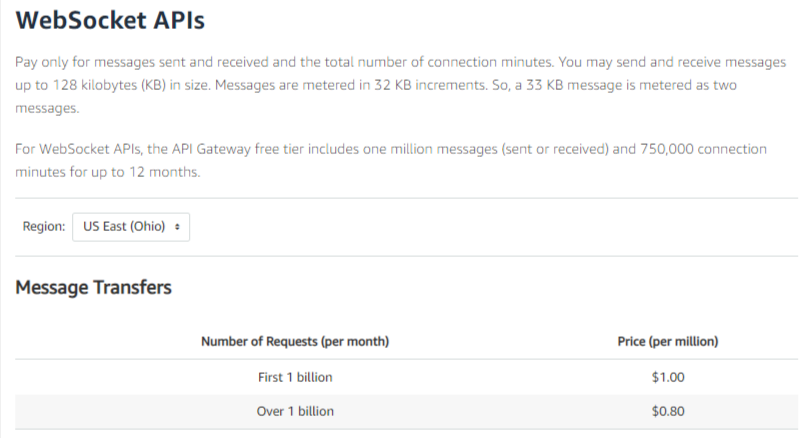Application Programming Interfaces (APIs) are common software interfaces that allow two applications, software, or tools to communicate to exchange data. Communication or data exchange could be on the way, i.e., from one application to another, or it could be two ways, i.e., from one application to another and vice versa.
Types of APIs
RESTful APIs
RESTful APIs stay within the design principles of REST architectural style and allows for interaction with RESTful web services. It defines how the devices or applications can connect to and communicate with each other.
Websocket APIs
Websocket APIs allow bi-directional or two-way communication setup between servers and clients. The connection has to be set up only once; the messages can be sent and received continuously without any interruption. Websocket APIs are also responsible for real-time communication between web applications and the backend.
Most of the apps built in the modern-day era are built using APIs. And, as APIs propagate, the need for an additional infrastructure rises to securely accelerate the API traffic as only then the application becomes scalable.
API Gateway aids the need for an infrastructure for secure, scalable, and accelerated API traffic in API-enabled monolithic and microservices application architectures. Let’s define monolithic and microservice before moving forward.
Monolithic: All the project’s functionalities are tightly present in one single huge codebase then. The application is called a Monolithic application. As the codebase is heavy, deploying even a slight change in the code is difficult, and we need to redeploy the whole application, even for a small change. That’s why we needed microservices.
Microservices: All the project’s functionalities and data are handled by small services in small portions. And these small services communicate work together and communicate with each other to perform all the functionalities in a project. Each microservice has its own database.
What is an API Gateway?
API Gateways works for both application architectures. Today’s modern-day enterprises rely on APIs to connect internal and external applications, communicate between different partners and departments within the company and outside the company, and provide more convincing customer service. API gateways make sure that all the APIs that you have deployed for any task work securely and get adequate traffic, so the whole system works seamlessly. This traffic management works as a load balancer. It helps enterprises stay on top of their processes, revenue, and team productivity and, most importantly, reduces the risk of downtime.
Load Balancer in Networking: A load balancer is responsible for distributing the application or network traffic across a number of servers improving the overall performance of the application by decreasing traffic pressure on servers. Applications can perform specific tasks effectively by having well-managed traffic sessions.
Depending on the client’s request, API Gateway sends API calls to specific locations.
For example, The mobile version of platforms like Twitch, Netflix, and YouTube need fewer API calls than their TV version. There are also bandwidth constraints in the case of mobile apps so sending lesser data to that is feasible compared to the TV version. An API gateway makes it possible to manage data and API calls in different versions of the same application. API gateway is often included in a larger API management solution. Some of them are listed below.
Cloudflare Gateway

source
The most recent must be Cloudflare API Gateway, which was launched in March this year. Cloudflare understood the need for the developers to monitor and authenticate every single API request. Because it is a difficult task, outsourcing it to an API gateway seems the legitimate way.
Cloudflare promises the Gateway to be cheaper than most of the API gateways out there and more secure as well. They have made all the security features available in the API Gateway, such as Discovery, Schema Validation, Abuse Detection, and mTLS. These features add a protective layer to the remaining gateway functions. Load balancing, as we talked about earlier in the blog, SSL/TLS termination, and proxy services run by default.
Discovery
The Discovery tool helps the developers locate the shadow APIs, which are the undocumented hidden endpoints. Discovery lists each path, method, and additional metadata to better understand your API surface area.
Schema Validation
Schema is basically a template including the method, path, and metadata that developers expect in an API request. When you upload your Schema to the dashboard, any traffic not matching your Schema will be turned away.
Abuse Detection
Cloudflare suggests rate limits or thresholds in between the requests as it discovers new API endpoints. The Sequential Abuse Detection flags anomalous request flows.
mTLS
mTLS stands for Mutual Transport Layer Security. As the name suggests, mTLS uses certificates to validate the incoming traffic as it reaches your APIs.
Authentication, Routing and Management, API Analytics, Logging, Quote Management, and More.
Google API Gateway
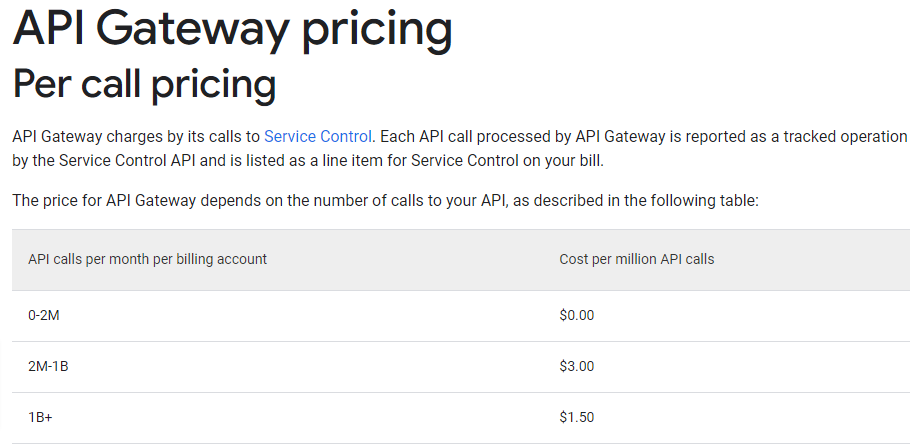
source
Google offers API Gateway for developers to create, secure, and monitor APIs for Cloud Functions, Google Cloud Serverless backends, App Engine, and Cloud Run.
Full Manageable
Along with fully managing your APIs, take advantage of the operational benefits of serverless technology.
Enjoy Simplicity
Easily give access to APIs to the developers or consumers. There’s not much learning curve, and anybody can ride this horse easily.
ESecure and Visible
Authentication, key validation, and other built-in mechanisms make it a secure deal. Features such as monitoring, alerting, logging, and tracing allow you to gain visibility in your APIs.
AWS API Gateway
AWS is another big player in the API Gateway section. It offers similar functionalities of creating, publishing, maintaining, monitoring, and securing APIs regardless of scale. This supports Serverless workloads and web applications too.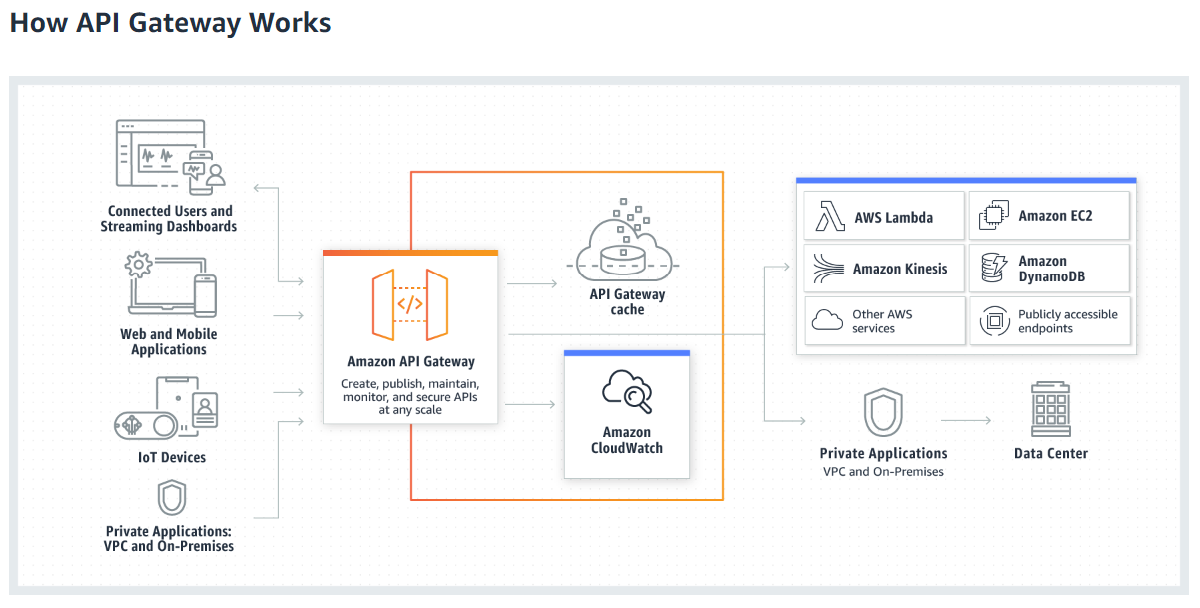
source
Efficiency
Users can run multiple versions of the same API simultaneously and iterate, test, and release new versions quickly.
Scalability
Take advantage of Amazon’s CloudFront, drive traffic, and authorize API calls to make sure that the backend operations survive heavy traffic.
Monitoring
Easy monitoring options are available on data latency, API calls, and error rates using Amazon CloudWatch.
Cost-Effective
The cost of AWS API Gateway costs as low as $0.90 per million API requests, even in the highest tier package.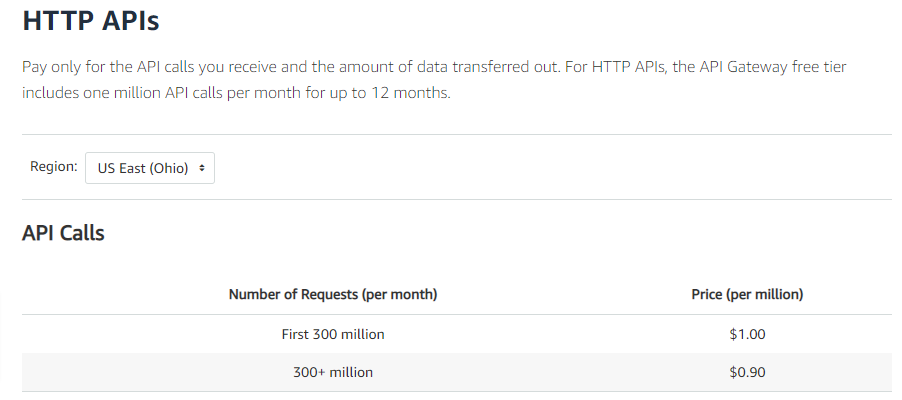
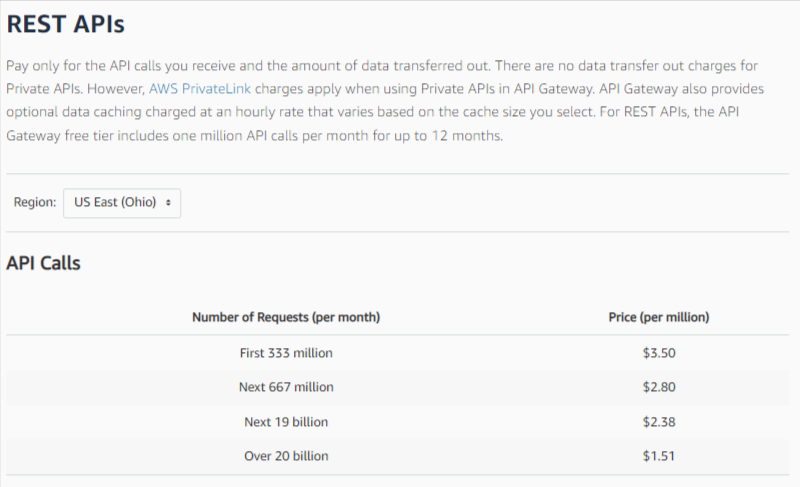
Nginx API Gateway
In line with other API Gateways, NginX API Gateway offers the secure method to…
- Authenticate API calls for more security
- Implements rate limits to prevent overloading of services
- Mitigates DDoS attacks
- Manages route requests to appropriate backends and SSL/TLS traffic to improve performance
- Easily handles exceptions and errors
- Superfast API deliveries – under 30 milliseconds and able to process thousands of requests per second.
